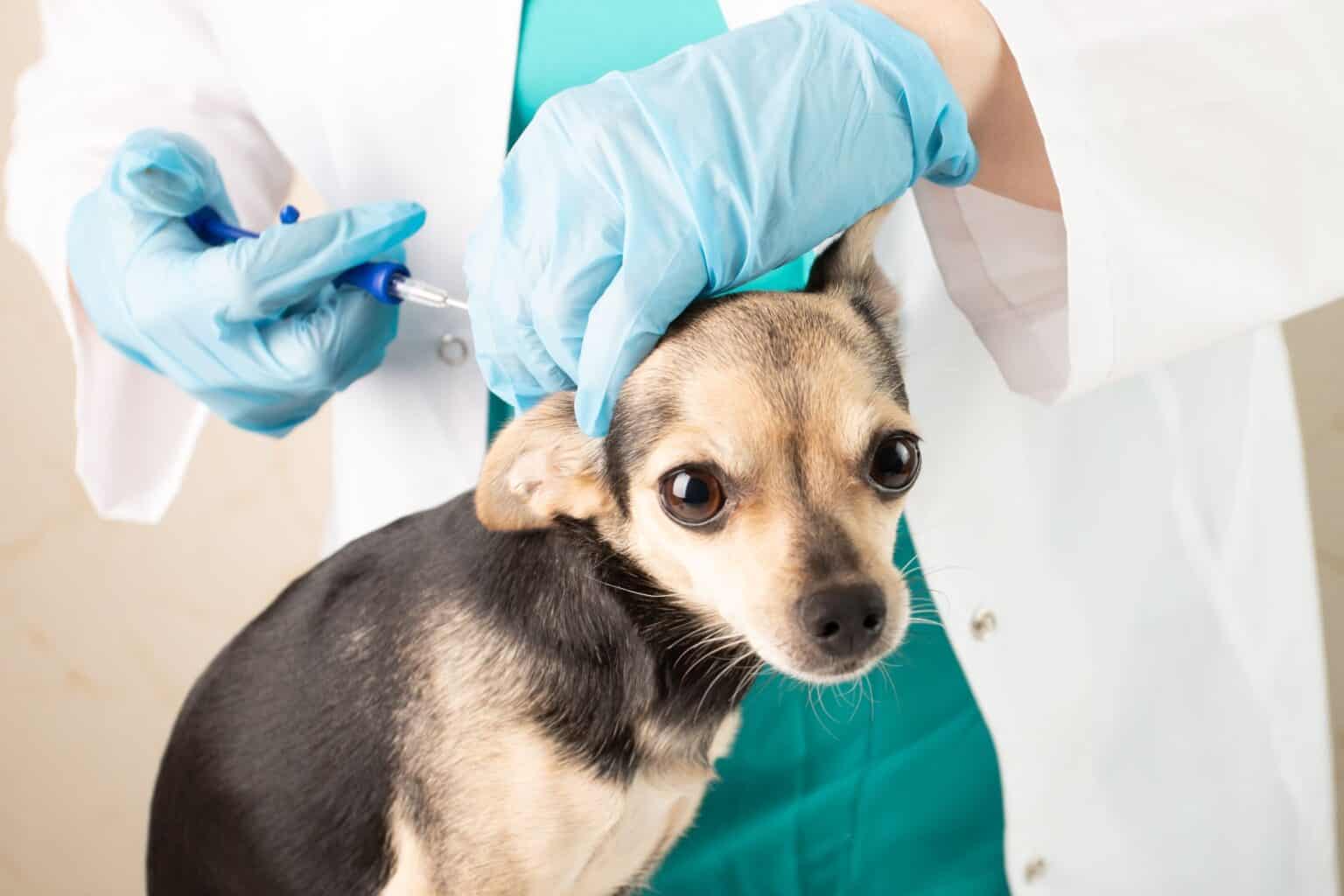How Does a Pet Microchip Work and Does My Pet Need a Microchip?

No matter how much they love their home, your beloved animals may head out on a solo expedition through your neighborhood. Lost pets are so common that countless communities run Facebook groups that help pet parents reunite with their furry wanderers. And unfortunately, people do steal dogs, cats, and exotic animals. Pet microchips can reunite you with a lost or stolen pet.
What is a Pet Microchip?
A microchip is a pet identification transponder the size of a grain of rice. A sterile needle is used to implant the microchip just under your pet’s skin, typically between the shoulder blades. The microchipping procedure is quick and hurts your pet about as much as any other shot. Anesthesia isn’t needed.
At BeeVet Animal Hospital, we offer microchipping as part of a spay or neuter procedure. We can also microchip your pet during a wellness exam.
How Does a Microchip Work?
Each microchip stores a unique registration number. Microchips do not have batteries and are not GPS-tracking devices. If you’re interested in on-collar GPS tracking, we offer that too! Instead, microchips are activated when scanned with a universal microchip scanner. Most veterinary offices and animal shelters keep these scanners on hand.
When the scanner passes over your pet’s shoulder area, it will read the microchip and display your pet’s registration number. The phone number linked to the microchip company’s registry should pop up, too. The veterinarian or shelter employee can then call the registry to look up your pet—and your contact information.
You must register your pet with the company that made the microchip for it to be useful. Keeping your contact information current is important, too.
Reasons to Microchip Your Pet
Unfortunately, any pet can be lost or stolen. Microchips don’t replace collars and identification tags in the event of a crisis. But they do provide an extra layer of protection. If your pet gets stolen or lost, the identification tags may fall off—or be removed by whoever stole your pet.
When an animal shelter employee picks up a pet without tags, they can scan the pet’s neck, shoulder, and forelimb area for a microchip. Once they have the microchip registry number, they can look up the owner’s contact information and reunite them with their furry rascal.
Microchips have helped thousands of pet parents reunite with their fur babies. We highly recommend getting your pet microchipped. Remember to update your contact information on the registry, too!
Contact us today to set up a microchipping appointment for your dog, cat, or exotic animal.
